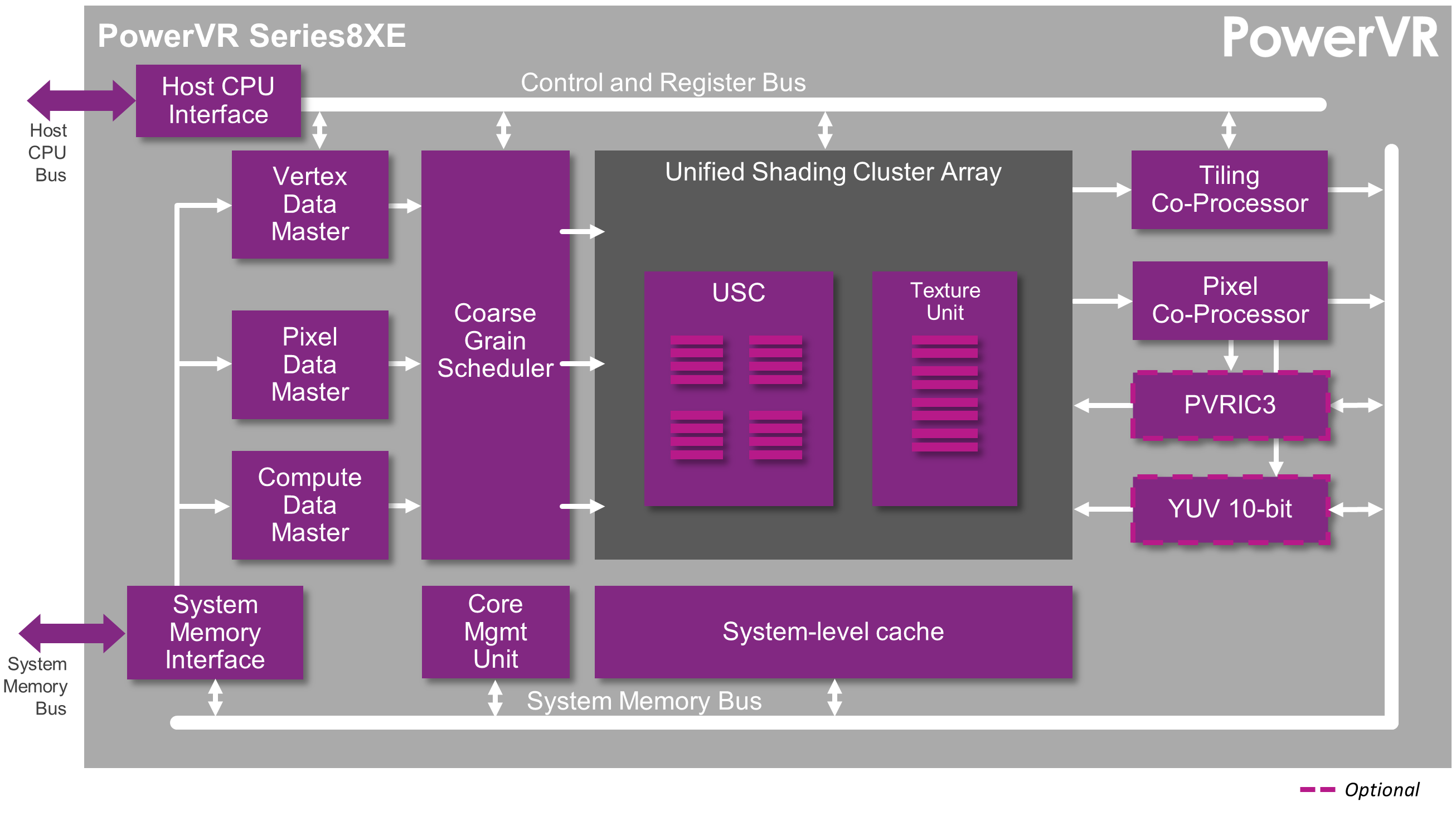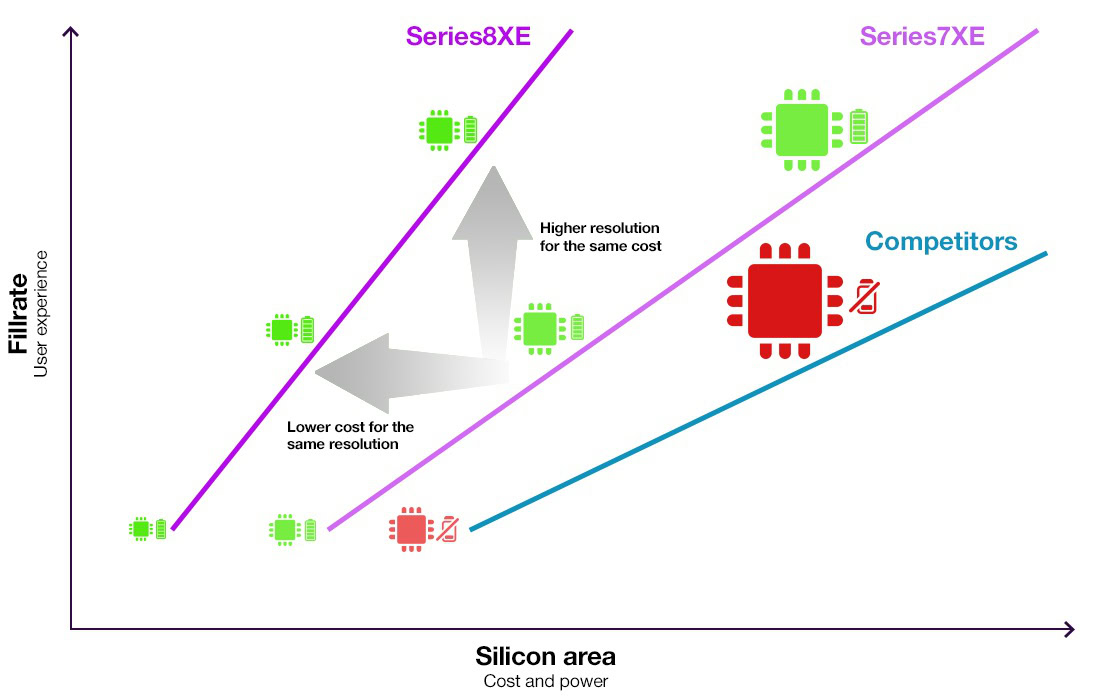Affiliate links on Android Authority may earn us a commission. Learn more.
Imagination introduces PowerVR Series8XE GPUs, brings OpenGL ES 3.2 and Vulkan to the ultra-affordable market

The ultra-affordable market is one of extremes. Alongside the drive to offer more performance for less money, there is also a broad range of expectations, and this is certainly true for the embedded GPU market. A report by India’s online marketplace giant Flipkart says that the popularity of affordable 4G smartphones is soaring high. 1080p resolution is fast becoming the standard for smartphone displays. And the push for greater resolution is also happening in other areas like TVs, tablets, and media streaming devices. For example, the quick adoption of 4K TV.
To meet these demands System-on-a-Chip makers need to offer chips with GPUs that support 720p, 1080p, 2K and 4K, while at the same time meeting performance expectations in terms of pixel fillrates (and ultimately frames per second).
Introducing the PowerVR Series8XE family of GPUs
Imagination has introduced the PowerVR Series8XE range to address the requirements of the ultra-affordable market. To do this, the company has had to go back to the drawing board to come up with architectural and layout optimizations to save on power consumption and die space, while at the same time offering higher fillrates and better efficiency.
Building on the feature set of the Series7XE family, Imagination has integrated support for OpenGL ES 3.2 and Vulkan API to ensure that affordable devices powered by their GPUs are able to support the latest applications as well as take advantage of future advancements. This raises the bar in a sector where the majority of entry-level devices still only support OpenGL ES 2.0.
Support for the newly announced Vulkan API, which helps reduce driver CPU overhead in graphics applications, will enable chipmakers to opt for smaller and more power efficient CPUs when paired with Series8XE GPUs. If high-, mid- and entry-level devices all include support for OpenGL ES 3.2 and Vulkan, app developers will be able to develop software and deploy it with less worry about low-end/entry-level compatibility.
Imagination has two GPUs in the Series8XE lineup, the PowerVR GE8200 and GE8300, offering two and four pixels per clock cycle, respectively. The company claims to have made major improvements in fillrate capabilities, which it says translates into 60%-100% increase in performance per mm^2 for the Series8XE GPUs when compared to competing solutions.

Also, thanks to microarchitecture and layout improvements, the various Series8XE GPU configurations come out anywhere between 30%-45% smaller versus competing solutions, while offering the same fillrate capacity.
Imagination is also targeting the 4K TV and set-top box markets with the Series8XE family by including features such as YUV 10-bit support (native support for optimal integration with H.265 10-bit profiles), and ASTC and PVRIC3 (improved lossy and lossless compression, reduces memory bandwidth requirements and system power consumption).
We’ll have to wait a while before we see these GPUs in new devices, but it will be very interesting to see how these GPUs perform and how they impact the ultra-affordable market. Bringing OpenGL Es 3.2 and Vulkan support to entry-level devices is a smart and potentially disruptive move by Imagination, 2016 is going to be an interesting year!